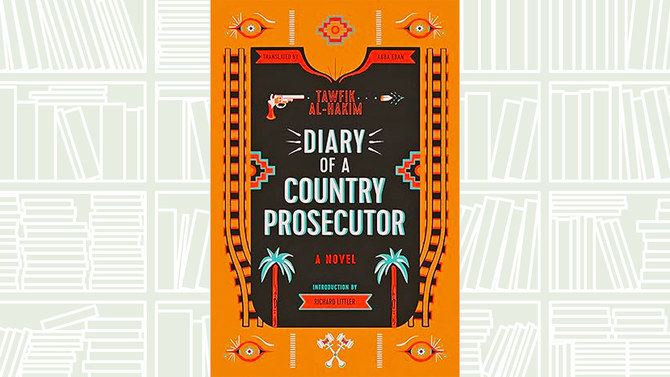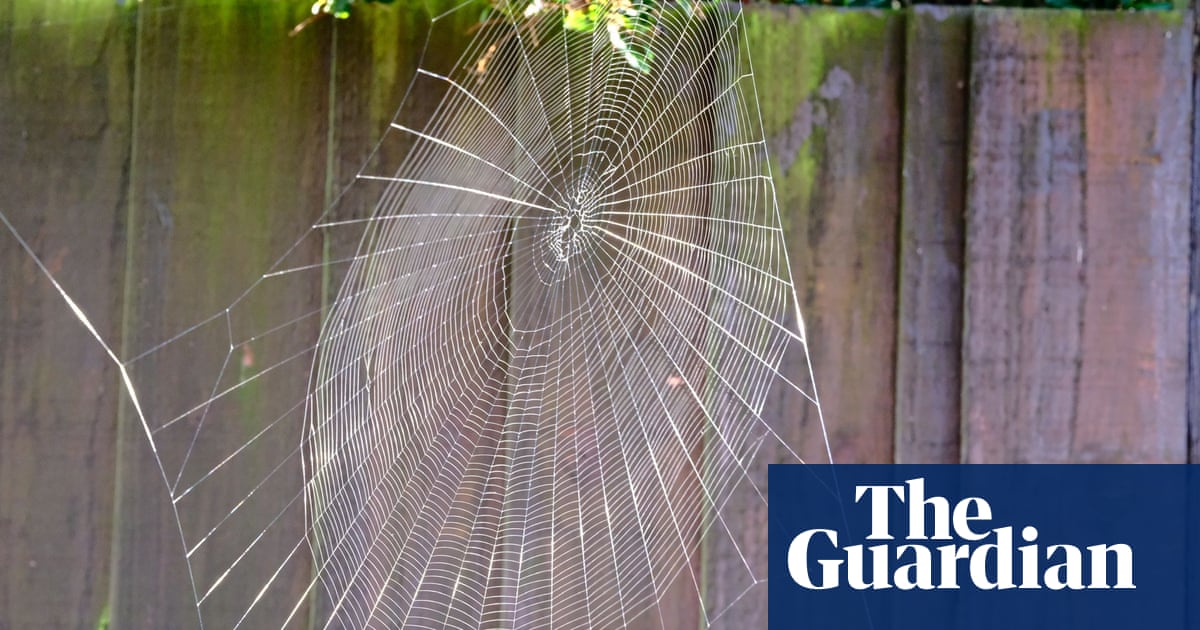
As an organic gardener, I’ve become resigned to the fact that by the end of May my broad beans are always besieged by black bean aphids. Then, in June, a generation of winged females seeks out summer host plants, colonising my French and runner beans, nasturtiums and dahlias. But this year, there’s been a curious dearth of the sap-sucking insects. Where I’d normally find them massing on soft shoot tips, stems and the underside of leaves, my plants remain unblemished.
Initially, I thought I had blue tits to thank. A pair nested in my garden for the first time this year and have been busily gathering insects to feed their clamouring chicks. But after staking out the box, I determined that they were primarily providing them with juicy green caterpillars.
It wasn’t until I began harvesting my vegetables that I realised the garden was overrun with harlequin ladybird larvae. I’d previously noticed a few of the alien-looking black and orange creatures prowling the sweet peas and spotted one crawling on the bird bath, but now I find half a dozen nestled among the leaves of every bunch of radishes, and each time I rinse freshly cut salad leaves I have to rescue two or three flailing bodies from the sink. Over the past few weeks, I’ve found the larvae, immobile dome-shaped pupae and glossy-shelled adults on virtually every edible and ornamental plant in the garden.
The collective term for ladybirds is a loveliness, but while the variably patterned adults are undeniably attractive – and they and their offspring have evidently made short work of the aphids – these gardener’s friends are an invasive species and have a less endearing side.
Harlequin larvae have long, ribbed, bumpy exoskeletons, earning them the nickname “insect alligators”, and these tiny predators are just as deadly as their namesake. Though they have a voracious appetite for aphids, consuming up to 100 a day, they also prey on our native ladybird eggs and larvae, as I discovered when I came across a robust harlequin with a half-eaten two-spot clamped in its jaws.












